Today, I thought I'd talk to you all about vocabulary. Earlier this year, I prepared a workshop for vocabulary, and naturally, we ended up with a weather related delay on presentation day! Let's just say I was the only one disappointed about the delay. I love sharing the information and exchanging the ideas, but the presentation part...well, it's stressful!
To begin, it's important to know what words to teach and why. Beck and McKeown (Bringing Words to Life) recommend Tier 2 words. Tier 1 words are words we learn through everyday conversation and may even be sightwords. Tier 3 words are specific words that are seldom used. They are difficult and are often times themed or content words. So what are Tier 2 words? They are the words that are just beyond your students. They add color to writing at your students' stage and are words your students may need assistance in decoding. I think of Tier 2 words as the "wow" words we want our students to know because they are high utility words. Instead of walk (a Tier 1 word), you might teach trudged, galloped, meandered, or scurried (Tier 2 words). Eventually, tier 2 words become tier 1 words when students know them well.
In addition to directly teaching vocabulary for your reading material, you might post "Wow" words on a "Wow Word Board" and have students share words they learn in their reading (this will help struggling readers). You should also use challenging words in your discussion with students and follow the words with context. Keep these words on notecards or on rings for spontaneous games at transition times. At line up times, you might try playing games like "Odd One Out" where you list words from a category with one odd word that doesn't fit that the students have to figure out. You might enjoy using Word Ladders (my adaptation from Rasinski's idea). This vocabulary building freebie I have listed is a powerpoint game where you give a description of the word and students try to figure out the "mystery word" and move the shoe up the ladder to reveal a trophy. (teacher must change the describing sentences to match the words they're teaching).

You might also try Bunko My Word, another freebie from my store, in your guided reading times after the words have been introduced. This game works well in a table pocket chart. Students roll a dice and select the card that goes with their number. They might give synonyms, antonyms, or use the word in a sentence. (the cards tell what they must do).
As you can see, teaching vocabulary to your students needs to be more than a one time introduction. In order for vocabulary instruction to be effective, repetition and careful word selection are key.
Now I'd love to hear from you. What ideas have worked well for your students? If you have fun ways that have worked for your students, feel free to reply with your comments. We all learn from each other, and I can't wait to see what you do in your classes. I hope you'll take a moment to share, and thank you, Jana, for allowing me to steal your blog for today. Now, I hope you'll go to your classrooms and teach vocabulary with passion. Your students will improve their comprehension if you do. Happy Reading!

Reading Specialist from



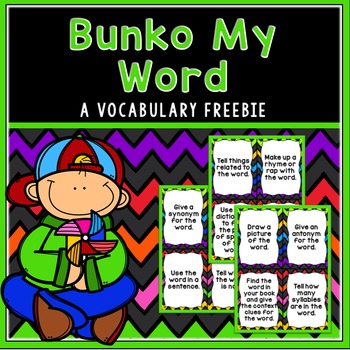









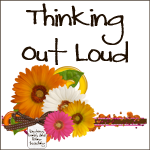



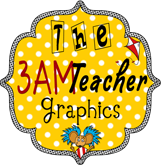

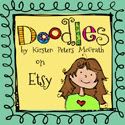





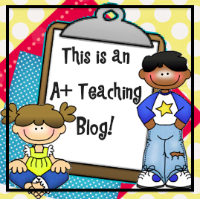






No comments:
Post a Comment
I would love to hear from you. Let's start a conversation.